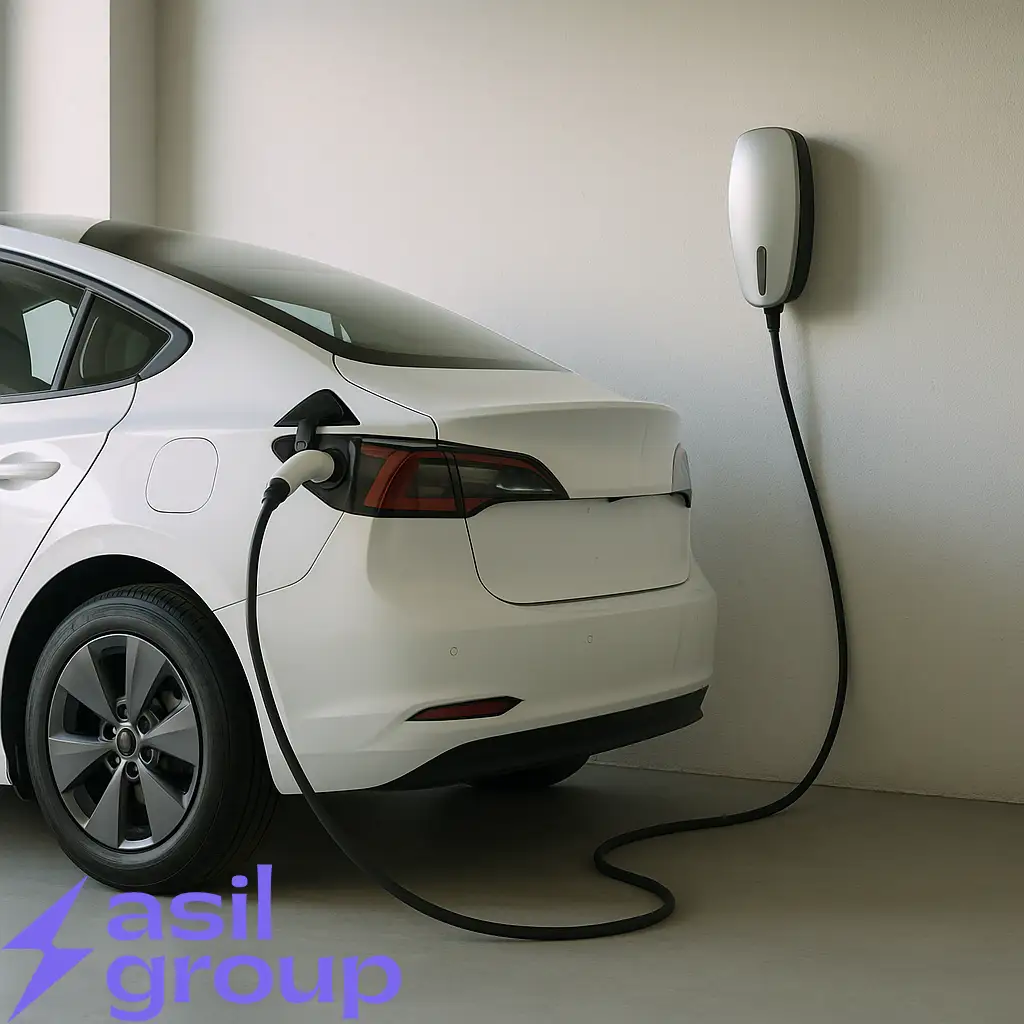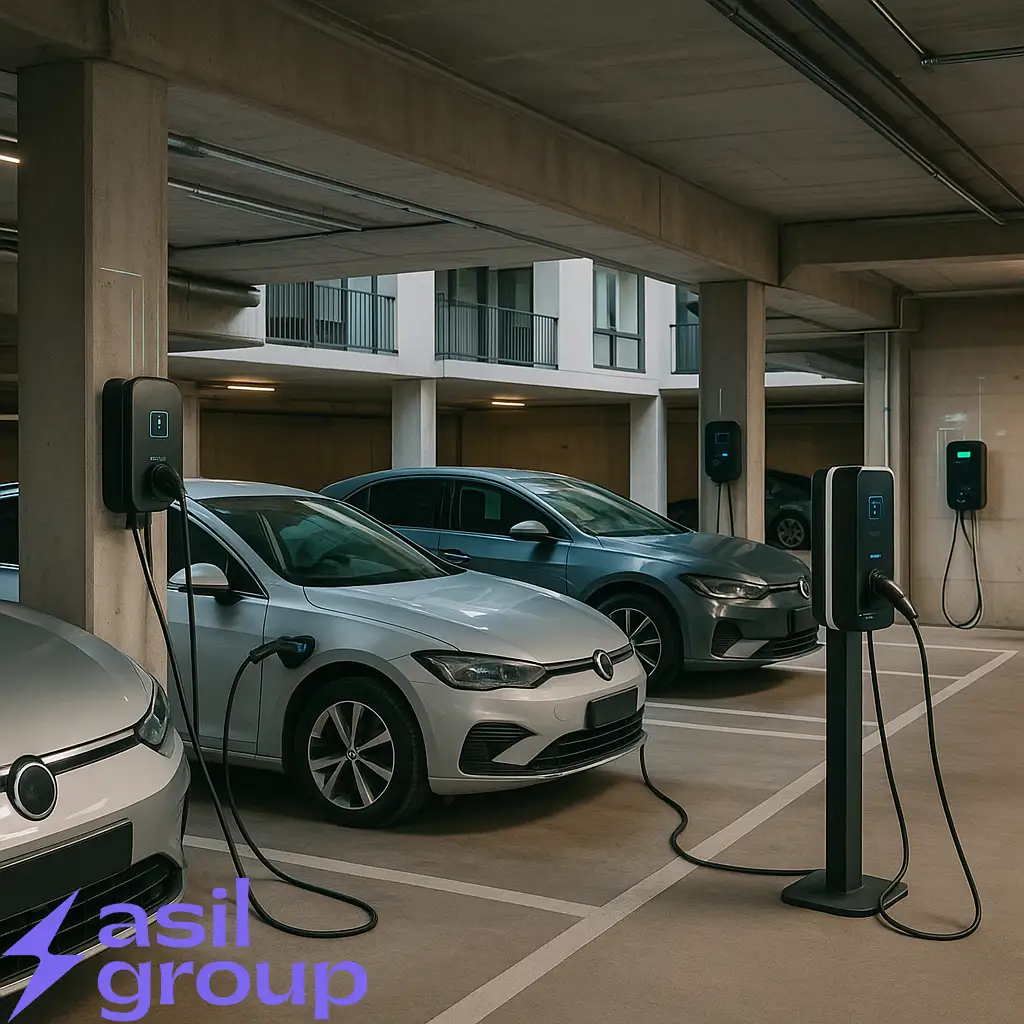
Smart Load Management in EV Charging Networks
Back to all posts As electric vehicle (EV) adoption accelerates globally,

As electric vehicles (EVs) become more popular, the infrastructure for charging these vehicles is rapidly evolving. Among the various options available, Asil Group offers two main choices: DC chargers and Wallbox chargers. Knowing the differences between these chargers can help EV owners make smart decisions about their charging needs. This article explores the key differences between DC chargers and Wallbox chargers, highlighting their benefits and use cases.
DC chargers, also known as direct current fast chargers or DC fast chargers, are designed to charge EVs quickly. They deliver high-voltage direct current directly to the vehicle’s battery. Here are some key features of DC chargers:
Wallbox chargers are a type of AC charger specifically designed for home and business use. They offer a balance between cost and charging speed. Here are some key features of Wallbox chargers:
Here are the main differences between DC chargers and Wallbox chargers for EVs:
| Feature | DC Chargers | Wallbox Chargers |
|---|---|---|
| Charging Speed | Very fast (20-30 minutes for 80%) | Moderate (several hours) |
| Installation | Complex, needs professional setup | Easier, but may still need professional installation |
| Cost | High initial and running cost | Moderate initial and running cost |
| Use Case | Ideal for quick charges during travel | Suitable for home and workplace charging |
| Power Source | Direct current (DC) | Alternating current (AC) |
| Features | Basic, focused on speed | Advanced (smart features, safety) |
The choice between DC chargers and Wallbox chargers depends on your specific needs and situation:
As the electric vehicle market grows, so does the variety of charging solutions available. Understanding the differences between DC chargers and Wallbox chargers is essential for making an informed decision about which option best meets your needs. DC chargers provide rapid charging for commercial and on-the-go charging, while Wallbox chargers offer a practical and cost-effective solution for home and workplace use.
By evaluating your specific needs and considering the benefits of each type of charger, you can ensure a smooth and efficient charging experience for your EV. Whether you prioritize speed, cost, or convenience, there is a charging solution from Asil Group tailored to fit your lifestyle and keep your electric vehicle powered up and ready to go.

Back to all posts As electric vehicle (EV) adoption accelerates globally,

Back to all posts As electric vehicles (EVs) become more popular,

Back to all posts As electric vehicles (EVs) become more common,

Back to all posts As electric vehicle (EV) adoption accelerates globally,

Back to all posts As electric vehicles (EVs) become more popular,
Asil Group offers cost-effective and eco-friendly EV transportation solutions. We focus on convenience with AC chargers, DC fast chargers, and Wallbox chargers, serving premium locations and enhancing quality of life with smart, sustainable EV charging.
Asil Group offers cost-effective and eco-friendly EV transportation solutions. We focus on convenience with AC chargers, DC fast chargers, and Wallbox chargers, serving premium locations and enhancing quality of life with smart, sustainable EV charging.
Asil Group offers cost-effective and eco-friendly EV transportation solutions. We focus on convenience with AC chargers, DC fast chargers, and Wallbox chargers, serving premium locations and enhancing quality of life with smart, sustainable EV charging.
Phone: +98 21 22221422
Email: [email protected]